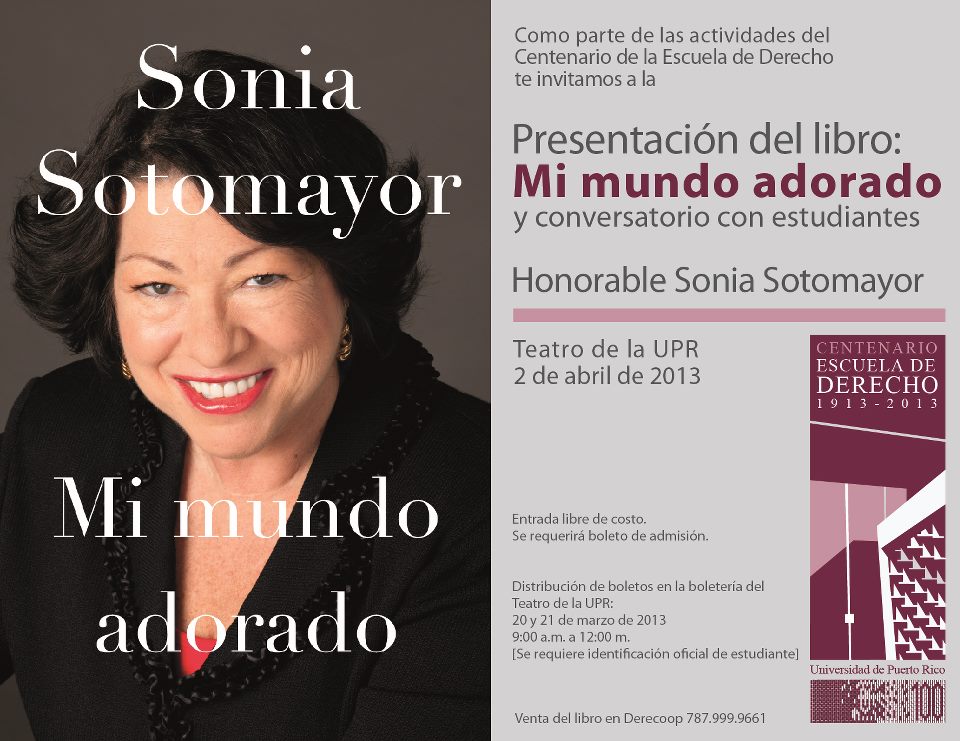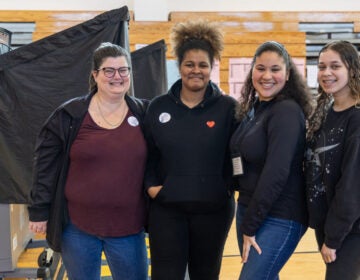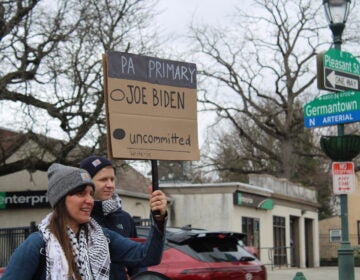The world of Supreme Court Justice Sonia Sotomayor

We all know that some people, for genetic or other reasons, experience depression more frequently and deeply than normal. At the other end of the spectrum are people like U.S. Supreme Court Justice Sonia Sotomayor who, despite having experienced painful losses and disadvantages that would understandably depress a normal person, nonetheless achieve success and a life of remarkable accomplishment.
She was born in the Bronx in 1954 to poor Puerto Rican parents who spoke only Spanish at home, and grew up in a South Bronx tenement and housing project where crime and drug use were common. At the age of 7 she was diagnosed with Type 1 diabetes, then thought likely to cause premature death, and learned to inject herself daily with insulin so she wouldn’t have to listen to her parents argue about who had to give her the shots. Her father was an alcoholic who died when she was 9, leaving her mother to raise her and a younger brother. Her mother, who had been an orphan herself, was emotionally distant and focused on survival for the family.
She was lucky to have had the emotional support of an extended family on her father’s side, particularly her grandmother. She was also fortunate that her mother had served in the Women’s Army Corps during World War II to escape Puerto Rico, and so spoke English better than most Puerto Ricans they knew. After her father died, her mother, understanding the importance of English, switched the family to speaking English at home, and later bought the Encyclopedia Britannica from a salesman for the children.
The future Supreme Court justice attended Catholic neighborhood schools where she learned the academic discipline that would make her class valedictorian. But she attributes her admission to Princeton on a full scholarship in 1972 to affirmative action because her standardized test scores and literary and cultural knowledge did not compare to that of her Princeton classmates. She was a fast learner and a hard worker, as demonstrated by her graduating summa cum laude in 1976, a member of the Phi Beta Kappa honorary society for academic achievement, and the recipient of the top prize for undergraduates at Princeton based on grades and community involvement.
Next came Yale Law School from which she graduated in 1979. Her first job after law school was as a criminal prosecutor for the City and County of New York, where she successfully prosecuted some high profile criminal cases. In 1984 she switched to private practice with an intellectual property firm where she ended up with Italian corporate clients like Fendi and Ferrari.
All this is described in her 2013 memoir My Beloved World (Mi mundo adorado in Spanish), which I recently recommended for the reading list of prospective and admitted law students. Lots of interesting information on how Justice Sotomayor achieved professional success, negotiated the work/life balance, and positioned herself for the judicial appointments to which she always aspired.
Why do people write memoirs? Perhaps in the case of Justice Sotomayor, she wanted to explain who she really was, and why Presidents Bush, Clinton, and Obama who appointed her to three successive levels of the federal judiciary, and the U.S. Senators who confirmed her, all made a good choice. As should be expected of a lawyer of her accomplishment, she writes a very persuasive brief.
WHYY is your source for fact-based, in-depth journalism and information. As a nonprofit organization, we rely on financial support from readers like you. Please give today.




